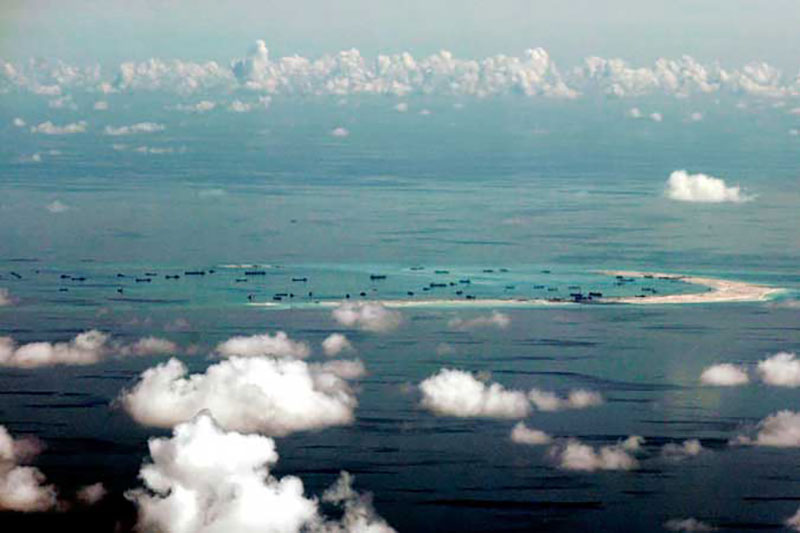PHL may explore gas reserves within ‘nonconflict’ areas

By John Victor D. Ordoñez, Reporter
PHILIPPINE President Ferdinand R. Marcos, Jr. on Monday said the Philippines is looking into exploring gas reserves in nonconflict areas within the country’s exclusive economic zone in the South China Sea, as it tries to diversify its energy mix and boost its power generation capacity.
“It is important to the Philippines that we explore those reserves and see exactly what there are and how we go about exploiting them and bringing that gas supply to the Philippines,” he said during a forum organized by the Foreign Correspondents Association of the Philippines.
“So, the low-hanging fruit will be those reserves that are within our exclusive economic zone that are not in a conflict area.”
The Philippines is hard-pressed to find other sources of indigenous energy as the Malampaya gas field, which supplies a fifth of the country’s power requirements, nears depletion.
The gas field is expected to run out of easily recoverable gas using current techniques by 2027.
PXP Energy Corp.’s exploration work at Reed Bank, another potential source of gas in disputed waters, remains suspended due to tensions with China.
“That’s the correct move. It’s quite urgent for our energy security for us to look for oil and gas reserves since Malampaya’s reserves are dwindling fast,” Calixto V. Chikiamco, Foundation for Economic Freedom president, said in a Viber message.
Mr. Marcos said the government is looking at liquified natural gas (LNG) as a transition fuel to renewable energy (RE).
“And that is why it is imperative for the Philippines to now examine… (in order) to guarantee the supply of LNG to our country so that we have sufficient power,” he said.
“But with all the plans that we have, essentially to industrialize the Philippines, essentially to enter into the digital space, all of these require a great deal of power.”
The government aims to boost the share of RE in the power generation mix to 35% by 2030 and to 50% by 2040. Renewables currently account for 22% of the Philippine energy mix.
Mr. Marcos said talks with China regarding oil and gas exploration in the South China Sea have not progressed due to disagreements on which areas fall within their respective territories.
He said Manila is likely to pursue these ventures with corporations since the country is not yet capable of large-scale heavy engineering in exploring these areas.
China claims more than 80% of the South China Sea, which is seen as a substantial source of oil and gas deposits and where billions of dollars of trade pass through each year.
“The upstream oil and gas sector is fully aligned with the government’s initiatives to explore hydrocarbon boundaries, prominently in the West Philippine Sea,” Edgar Benedict C. Cutiongco, president of the Philippine Petroleum Association of the Upstream Oil and Gas Industry, told BusinessWorld in a text message.
The Philippines should still focus on harnessing renewable energy sources such as geothermal, wind and solar power to reduce its reliance on oil and coal, John Paolo R. Rivera, president and chief economist at Oikonomia Advisory & Research, Inc., said in a Viber message.
Philippine Ambassador to the US Jose Manuel D. Romualdez has said Manila is “working closely with our allies not only the US but also Japan and Australia” to exploit resources in the South China Sea.
China, however, has said any plans for resource exploitation in the waterway should not involve countries outside the region.
“Even if we do well with the nonconflict areas, we still have to look at all the others, whether they be in conflict areas or otherwise,” Mr. Marcos said.



